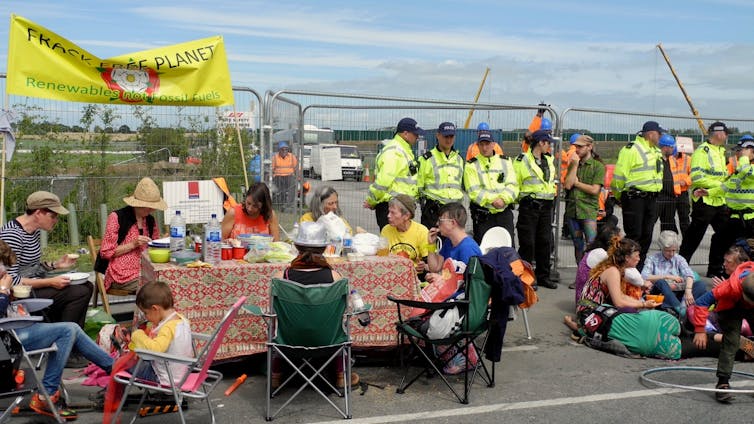 |
The
east side of the subway, with new illuminated panels and one mural scene
displayed, 5 Nov. 2019.
|
I have written a number of guest blogs about the
Bobby Moore Bridge tile murals in the past year, including one saying ‘now you
see them, soon you won’t.’ LINK For those who are interested, I am trying to get
Quintain and the Council to let you see at least some of the murals for a few
months during Brent’s year as London Borough of Culture 2020.
Last weekend, I wrote to Quintain’s recently
appointed Cultural Director for Wembley Park Arts, Josh McNorton LINK , setting out my suggestions for how the murals
(or full size images of them) could be put on display. To make this happen
would involve working with the Council, so I have now sent a pdf copy of my
letter to Brent’s Chief Executive, Carolyn Downs, with copies to the Lead
Member for Culture, the Artistic Director for LBOC 2020 and other officers and
councillors who should be interested. This is my letter to Josh McNorton:
(I believe that the photograph of the east wall murals, on page 3 of my letter, is the work of local photographer Amanda Rose.)
In my email to Ms Downs I have said:
‘As you are aware, from previous
discussions with representatives of Wembley History Society, the murals are a
Council-owned public work of art, specially commissioned for the subway between
Wembley Park Station and Olympic Way in 1993. They colourfully celebrate a wide
range of sports and entertainment events held at the stadium and arena. They are
a heritage asset, reflecting the cultural history of Wembley Park, which
deserves to be seen again by residents and visitors during our year as London
Borough of Culture.
I hope that you will forward
this email and attachment to the officers and councillors who need to be
involved, and encourage them to work with Wembley Park Arts / Quintain to
ensure that the murals are displayed during 2020, and that the Council and LBOC
2020 actively publicise when they will be on display, so that as many people as
possible can enjoy seeing them.’
The mural
scene showing footballers and the old ”twin towers” stadium is now back on
display, after six years of being covered-up. That will be of interest to
thousands of fans coming to the stadium for Euro 2020 matches and other games,
but there is far more to Wembley Park’s sports and entertainment heritage than
just football.
I know that there are a number of Brent councillors who would like to see all, or at least as many as possible, of the tile murals displayed next year. I hope that they will use their best efforts to ensure that this happens. But whether we will see the tile murals again for a time during 2020 remains an open question
I know that there are a number of Brent councillors who would like to see all, or at least as many as possible, of the tile murals displayed next year. I hope that they will use their best efforts to ensure that this happens. But whether we will see the tile murals again for a time during 2020 remains an open question













